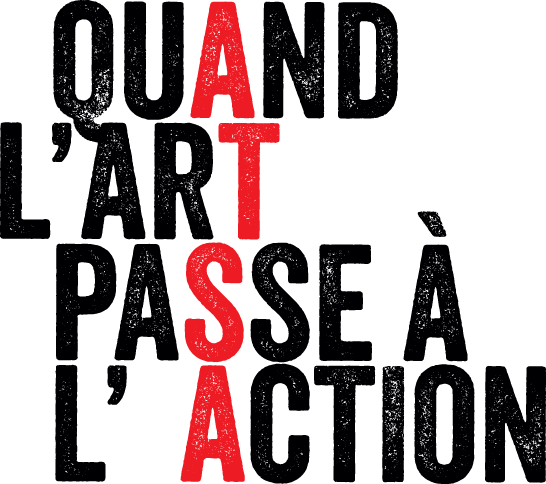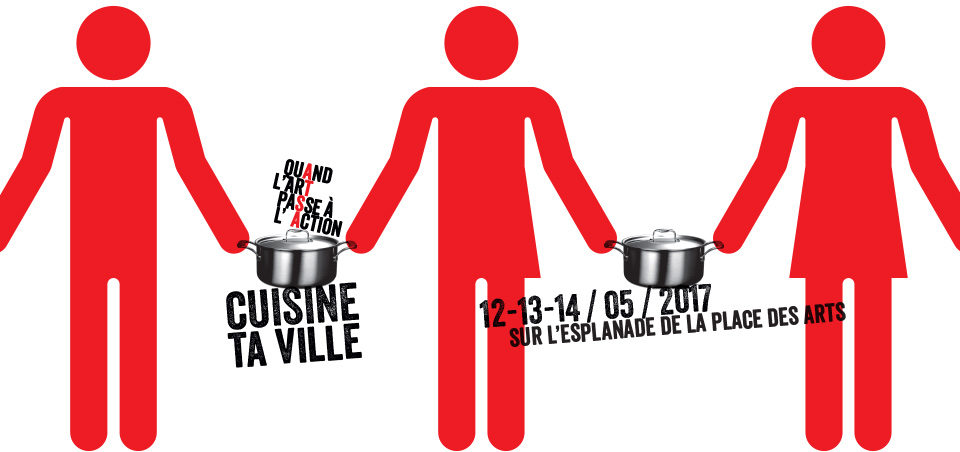AROUND THE SOUP | Heart and head | ARTISTIC PROGRAMMING
KIDS CORNER | THE HISTORY COURSE! | SCHEDULE
In the centre of the site, in an outdoor space between shelters 5 and 6, there is a large print designed in the manner of a historic frieze, to help learn about the successive waves of migration that have transformed Montreal, as well as a lexicon to demystify the terminology surrounding migration.
 In the centre of the site, in an outdoor space between shelters 5 and 6, there is a large print designed in the manner of a historic frieze, to help learn about the successive waves of migration that have transformed Montreal, as well as a lexicon to demystify the terminology surrounding migration.
In the centre of the site, in an outdoor space between shelters 5 and 6, there is a large print designed in the manner of a historic frieze, to help learn about the successive waves of migration that have transformed Montreal, as well as a lexicon to demystify the terminology surrounding migration.
VIEW TIMELINE (in french) | VIEW LEXICON
Montreal, an island of encounters
This timeline is a non-exhaustive representation of the different waves of refugee migration to Montreal. Refugees are people who have fled their native country and who seek safety and security. Refugee status has existed in Canada only since 1969. Throughout history, people have left their country in haste and fearing for their lives, while others have sought to leave behind a dismal life in the hopes of a brighter future for themselves and their children.
This timeline was made by ATSA, When Art Takes Action using available resources. To a certain extent, it thus reflects both the inequalities in access to information and the differences in archiving and media coverage of immigration over time and to this day. It is not meant as a static piece; rather, it should be seen as a tool for building and facilitating a historical understanding of a contemporary issue, and it needs only further enrichment.
Hochelaga: a land already inhabited by the Iroquois of the Saint Lawrence Valley; colonized to become a French-speaking outpost of New France; and finally, the scene of battle with the British, leading to its annexation by the British Crown. That outcome has indelibly shaped its identity to this day.
Montreal has always been a hybrid land of encounter and integration, enriched by the multiple cultures that have migrated here over the decades and centuries. It is the French-speaking capital of North America, an identity to be embraced and promoted as a cultural treasure and, above all, as a place of openness to the many and diverse faces that shape it today!
Principal references
Histoires d’immigrations au Québec, 2014, under the guidance of Guy Berthiaume, Claude Corbo and Sophie Montreuil.
Brief history of Canada’s responses to refugees, Canadian Council for Refugees
Canada: A History of Refuge, Immigration and Citizenship Canada
With guidance from Professor François Crépeau, Rivka Augenfeld, Marjorie Villefranche and the inestimable Bernard Vallée.

